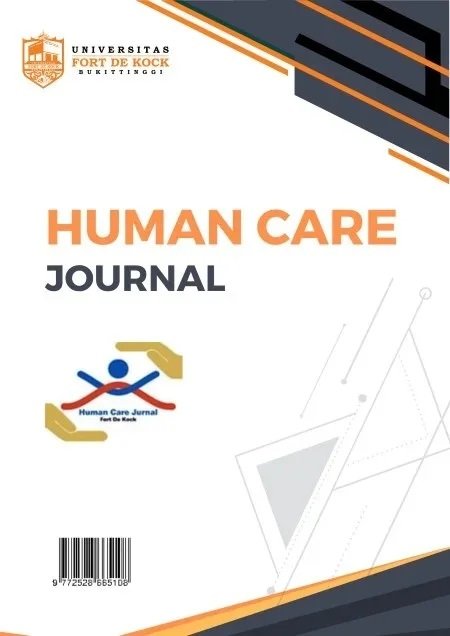HUBUNGAN KUNJUNGAN POSYANDU DENGAN KEJADIAN STUNTING PADA BALITA USIA 12-59 BULAN DI NAGARI BALINGKA KABUPATEN AGAM TAHUN 2023
DOI:
https://doi.org/10.32883/hcj.v9i2.2951Abstract
Stunting is a condition of failure to thrive in children under five that is caused by chronic malnutrition so
that the child is too short for his age. One of the causes of stunting is limited health services. The aim of
this research is to determine the relationship between Posyandu visits and the incidence of stunting in
toddlers aged 12-59 months in Nagari Balingka, Agam Regency 2023. This type of research was carried
out using a quantitative approach with a correlation analytical design. Respondents totaled 84 people. The
sampling technique used is simple random sampling, namely sampling where each person in the population
has the same chance of being selected as a member of the sample. The results of the research from the 84
respondents studied showed that the majority of posyandu visits were ? 8 times with, 35 people (41.6%)
toddlers who were not stunted and 16 people (19.03%) toddlers who were stunted. A small percentage of
posyandu visits were < 8 times as many as 20 people (23.9%) toddlers who were not stunted and as many
as 13 people (15.47%) toddlers who were stunted. The results of data analysis using Chi-Square, namely,
P Value 0.271 (>0.05) that there is no significant relationship between Posyandu visits and the incidence
of stunting in toddlers aged 12-59 months in Nagari Balingka, Agam Regency in 2023. The conclusion from
the variable is that there is no The relationship between posyandu visits and the incidence of stunting in
toddlers aged 12-59 months.
Downloads
Published
How to Cite
Issue
Section
License

This work is licensed under a Creative Commons Attribution 4.0 International License.
Setiap naskah yang terbit di jurnal Human Care ini adalah dianggap sebagai karya dari penulis.
Pemegang hak cipta adalah jurnal Human Care. Semua pembaca memiliki akses untuk masuk ke jurnal Human Care dan menjadikan naskah yang terbit di jurnal Human Care sebagai referensi.



